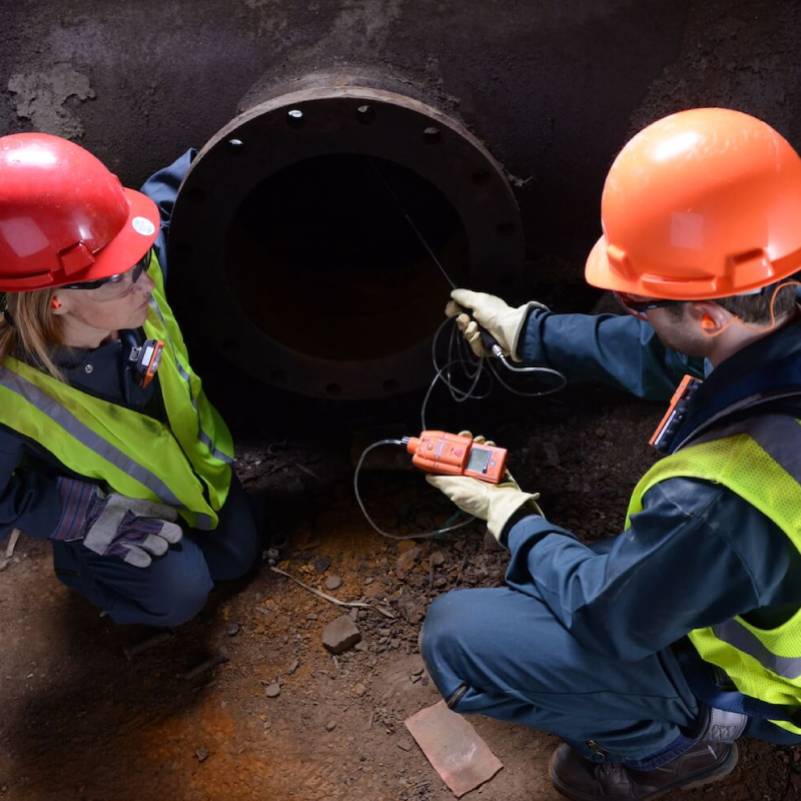Confined Spaces

Confined Spaces en
15/12/2022
WHEN monitoring the atmosphere in a confined space, there are several important issues that need to be considered, reviewed, and managed. One of the major issues centers on air quality and what you are breathing, both prior to entry and during occupation of a confined space. You need to know what the oxygen content of the atmosphere is and whether there are explosive or toxic gases that could threaten the safety of the environment or, perhaps more importantly, your life. When properly used and maintained, gas detection monitors will protect both.Not only do you need to monitor the atmosphere of your confined space to protect your life, but also OSHA requires you to do so.
To understand exactly what a confined space is, let's look at OSHA's definition:
Confined space:
- Has adequate size and configuration for employee entry,
- Has limited means for access or egress, and
- Is not designed for continuous employee occupancy.
A few examples of confined spaces could be underground vaults in the telecommunications industry, aeronautical fuel tanks, sewers, silos, or coal mines.
Permit-Required Confined Spaces
The term "permit-required confined space" as defined by OSHA is a confined space that meets the definition of a confined space and has one or more of these characteristics:
- Contains or has the potential to contain a hazardous atmosphere,
- Contains a material that has the potential for engulfing the entrant,
- Has an internal configuration that might cause an entrant to be trapped or asphyxiated by inwardly converging walls or by a floor that slopes downward and tapers to a smaller cross section, and/or
- Contains any other recognized serious safety or health hazards.
Once you have identified your work area as a confined space, you should then refer to OSHA's recommendations for monitoring the air quality of your space.



